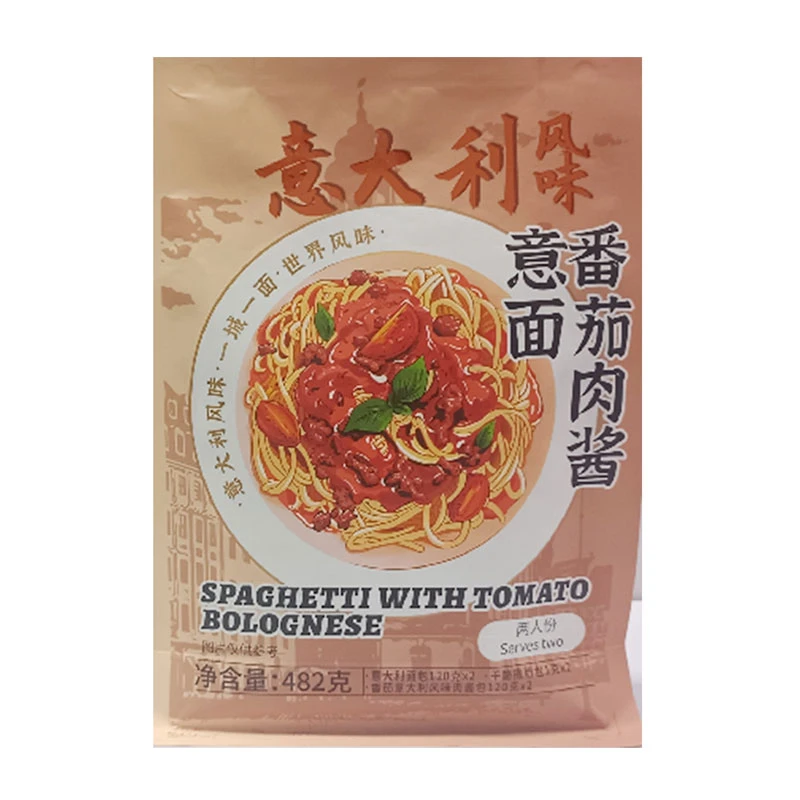what is the healthiest pasta
What is the Healthiest Pasta?
Pasta is a staple food in many cultures, enjoyed in various forms and dishes across the globe. However, given the increasing awareness of health and nutrition, the question arises what is the healthiest pasta? The answer isn't as straightforward as it may seem, as it largely depends on individual dietary needs, nutritional goals, and the type of pasta in question.
Traditional Pasta vs
. Whole Grain PastaTraditional refined pasta is made from white flour, which is low in fiber and nutrients. While it can be part of a balanced diet, its high glycemic index can lead to spikes in blood sugar levels. On the other hand, whole grain pasta, made from whole wheat flour, retains more of the natural nutrients found in the grain. It is rich in dietary fiber, which aids in digestion and can help manage weight by promoting a feeling of fullness.
Whole grain pasta is a better option for those looking for a healthier alternative. The fiber content helps regulate blood sugar levels, making it an excellent choice for individuals with diabetes or those seeking to control their weight. Furthermore, the B vitamins and antioxidants in whole grains can contribute to overall health.
Gluten-Free Pasta Options
With the rise of gluten sensitivities and celiac disease diagnoses, gluten-free pasta has gained popularity. Many brands now produce gluten-free options made from rice, quinoa, chickpeas, lentils, or other gluten-free grains. These varieties can be just as nutritious as whole grain pasta, especially those made from legumes, as they provide protein, fiber, and a variety of vitamins and minerals.
Chickpea or lentil pasta, for example, offers a higher protein content compared to traditional pasta, making it an excellent choice for vegetarians and those looking to boost their protein intake without consuming animal products. Moreover, the high fiber content in these pastas enhances digestive health.
what is the healthiest pasta

Vegetable-Based Pasta
Another growing trend in the pasta world is vegetable-based pasta. Items such as zucchini noodles (zoodles), spaghetti squash, or carrot noodles are becoming more popular among health-conscious eaters. These pasta alternatives are low in calories, high in vitamins, and add a variety of flavors and textures to dishes. They allow for greater portion control while increasing the vegetable intake in one's diet.
These vegetable-based options are ideal for those who are reducing carbohydrate intake or following a low-calorie diet. They can be a creative way to incorporate more vegetables into meals and maintain a balanced diet.
Portion Control and Nutritional Additions
Regardless of the type of pasta chosen, portion control is essential. Eating large servings of any pasta can lead to excessive calorie intake. It is typically recommended to keep portions to around one cup of cooked pasta, and pairing it with nutrient-dense foods like vegetables, lean proteins, and healthy fats can enhance the meal's overall nutrition profile.
Adding fresh herbs, lean meats, or legumes to pasta dishes can improve flavor and nutritional value. For instance, incorporating spinach, tomatoes, or broccoli not only increases the nutritional content but also adds color and texture to the plate. Using healthier sauces such as marinara, pesto, or homemade dressings instead of creamy sauces can further improve the healthiness of a pasta dish.
Conclusion
In conclusion, the healthiest pasta largely depends on individual health needs, preferences, and the specific ingredients used. Whole grain, gluten-free, and vegetable-based options provide diverse and nutritious choices that can fit into a balanced diet. Ultimately, being mindful of portion sizes and complementing pasta with nutrient-dense ingredients can transform any pasta dish into a wholesome meal. So, whether you prefer traditional pasta or are experimenting with the newest healthy alternatives, there are plenty of options available to satisfy your cravings while keeping your health in check.
-
Wholesale Ramen Noodles SuppliersNewsAug.27,2025
-
Organic Soba NoodlesNewsAug.27,2025
-
Organic Ramen Noodles BulkNewsAug.27,2025
-
Improving Foodservice: A Wholesale Buyer’s Guide to Fresh PastaNewsAug.27,2025
-
Dragon Chuka Soba NoodlesNewsAug.27,2025
-
A Timeless Treasure of Northwestern ChinaNewsAug.27,2025
-
Types of Cold NoodlesNewsAug.27,2025
Browse qua the following product new the we







